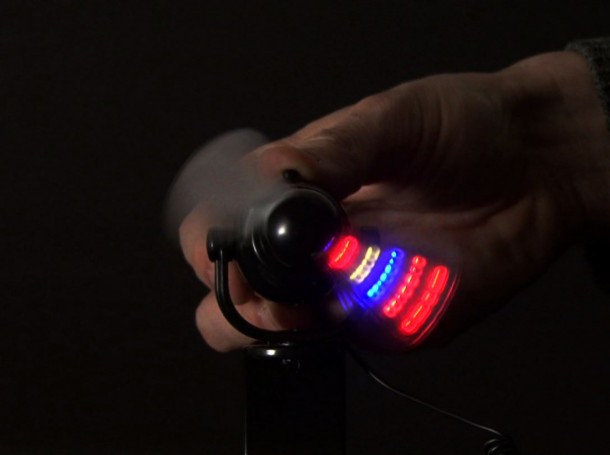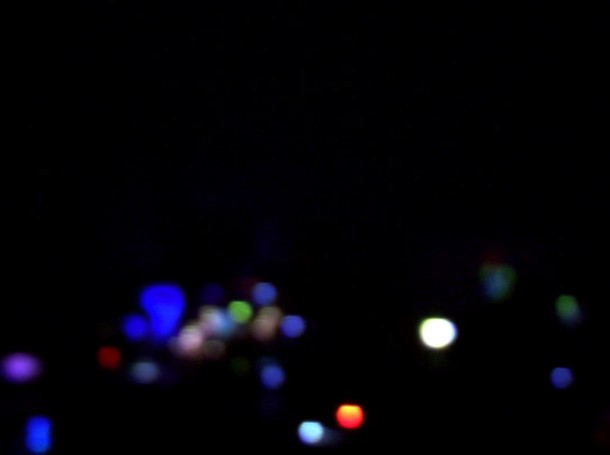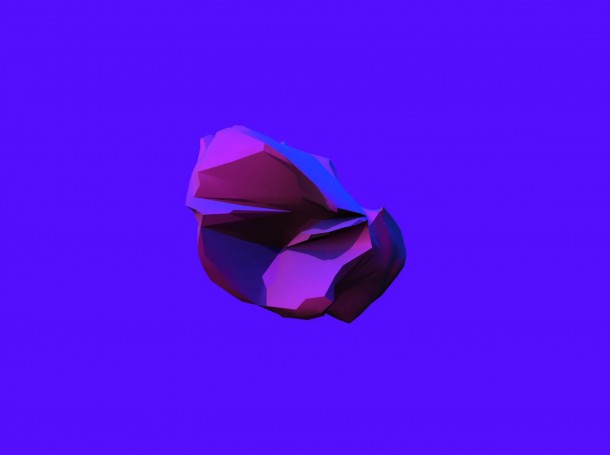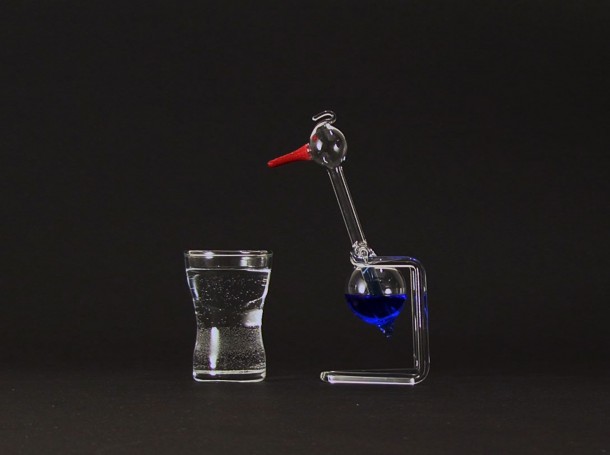Work
Cuculí
Caption
2011, HD single-channel video transferred to flash memory, color, sound, 11’32’’, Courtesy of the artist, Galerie Antoine Levi, Paris and Maisterravalbuena, Madrid
Artist
By
Text
—
Cuculí, an energetic but enjoyably paced video by Daniel Jacoby, takes you on a trip to Japan. The narration performed by Jacoby details quick snippets of information. The artist recounts the slippery details that stop you in moments of pause when you encounter them while travelling. He points at the insignificant glimpses of the every day that catch you and remind you that you are away from where you live. The threads hanging from neon lights and emergency exit signs in the metro system or the memorable stories from the man that sits next to you on an airplane. These quick winding moments build anticipation by provide little comfort in their conclusion. Punctuated with melodic and dissonant intermissions, the tone in the story changes to rough frequencies overplayed with instructional language from a woman’s voice about the geography, names and sounds of birds.
The images are shot in studio and are rich and slick in terms of result, even though an economy of means seems to be hand in their making. Including shots of reflectively lit surfaces, an LED pocket fan, CGI renderings of abstract forms which resemble wrapped topographies, and a trinket drinking bird, with the timing of a veteran performer, plunging every so slightly to the rhythm of a dramatic stringed serenade.
—
With this approach to storytelling, the simulated stands in for the real in the travelogue — performing, responding to and in some ways alienating the images of the words. This approach to storytelling constantly bites the hand that feeds it, asking the viewer to question the narrative of a tale, which turns into a loosely nebulous collection of incidents and effects. The preceding elements of the story are constantly renegotiated through obtuse visuals, often undermining and contrasting the language and soundtrack. Symbols and words are working with and against each other, in order to both create and destroy meaning. The constant continuation of visual puns and abrasions is extensive, rendering simple or unique readings of the work nearly impossible.
This formally charming work is inherently auto destructive, positioning the perspective of the authorship as something that makes our impression of the artist as a polemic jester, concocting foundations and pulling them out from under us. With this in mind, you wonder if the artist is instead decoding some sort of transmission for us, instead of creating his own outbound message.



